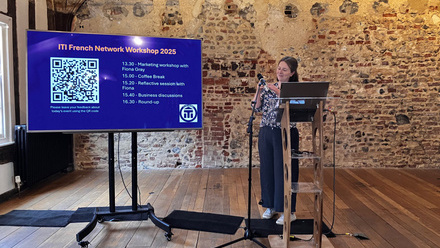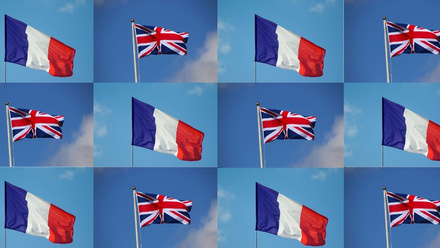Joint statement on certification of translations
It has come to our attention that significant changes have been made on the UK Government page on certifying a document, https://www.gov.uk /certifying-a-document which includes a short section on certifying a translation. Changes have also been made to the Ministry of Justice Family Procedure Rules for PD7A, as detailed in https://www.justice.gov.uk/courts/procedure-rules/family.
These changes do not reflect existing, long-standing UK best practice, or the format in which translated documents have been required to be presented by most UK authorities.
As such, this changed guidance exposes both the individuals submitting certified translations as well as the authorities receiving certified translations to the risk of translation errors, to certified translations being rejected, and to lengthy delays in processing translated documentation.
The three leading translation bodies in the UK, the Chartered Institute of Linguists, the Institute of Translation and Interpreting, and the Association of Translation Companies, have worked together to harmonise guidance around certifying translations, and to ensure uniform delivery and universal acceptance of translations certified by their members – which form the majority of certified translations submitted to UK authorities. The changed guidance on gov.uk and from the Ministry of Justice is now out of step with the best practice advice from the UK’s leading translation bodies.
Taking into account the mixed landscape of UK Government departments, agencies and public services in early 2024, our three leading associations issued joint, publicly available best practice guidance entitled Certified Translation–Getting It Right, which the CIOL, ITI and ATC mutually endorse and recommend to all authorities in the UK.
To safeguard the rights of individuals submitting translated documents to receiving authorities in the UK and to enable efficient and cost-effective delivery by translators and translation companies, we strongly recommend that all UK Government and public service guidance on certifying translations best serves the public and UK receiving authorities by reflecting the best practices outlined by the leading translation following wording:
Certifying a translation
If you need to certify a translation of a document that’s not written in English or Welsh, use a translator or translation company with a clear affiliation to a recognised professional body or association such as the Association of Translation Companies (ATC), the Institute of Translation and Interpreting (ITI) and the Chartered Institute of Linguists (CIOL).
ATC, ITI and CIOL maintain easily accessed public registers of accredited companies and translators:
The translation document is best annotated or accompanied by a certificate with at least the following information:
- The translation is ‘a true and accurate translation of the original document’
- The date of the translation
- The name and contact details of the translator or a representative of the translation company
Businesses, public service and UK Government agencies can take confidence in the quality assurance processes of ATC member companies (Accredited), and in the accreditation processes for experienced professional translator members of the Chartered Institute of Linguists (MCIL and FCIL) and the Institute of Translation and Interpreting (MITI, FITI and Corporate LSP Members). All three organisations endorse each other’s guidance for certifying a translation.
Thank you for your consideration, we urge you to be in direct contact with the ATC’s CEO Raisa McNab on any further enquiries around best practices for certifying translations in the UK.
Best regards,









